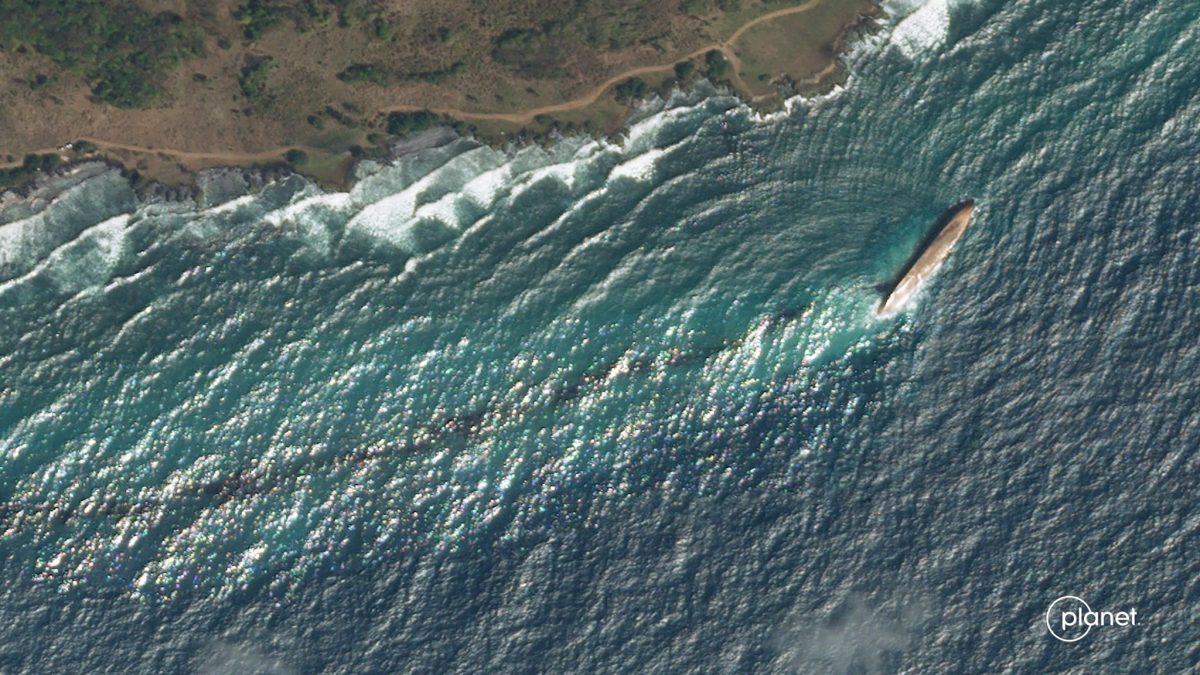(Trinidad Guardian) Approximately 50,000 barrels of liquid waste have been extracted from Tobago’s coastline between Scarborough and Cove in clean-up operations after the February 7 oil spill from the capsized barge there—and clean-up continues.
This was confirmed by Prime Minister Dr Keith Rowley in Parliament on Friday.
Rowley was responding to UNC MP Rudy Indarsingh’s query on the financial cost incurred by the Central Government, the Tobago House of Assembly and state enterprises for management and clean-up of the oil spill that was caused by a 200-metre capsized barge off the Cove area.
Rowley said it was observed that what appeared to be liquid hydrocarbon-based product was escaping from the vessel. Soon after that notification, Heritage Petroleum Company Limited was tasked with the major responsibility of responding to the spill. He said that involved obtaining specialised oil spill equipment, machinery and approximately 200 personnel, some from Tobago and many from elsewhere in the nation, Heritage and other entities.
Rowley said, “The bottom line is while the spill is now abated and apparently ended, the clean-up operation still continues, there’s still some cleaning to be done and most importantly, the extraction from the vessel of about—it appears as though—a few tens of thousands of barrels of dangerous liquid which fortunately so far has remained within the hull of the vessel.”
He added, “In terms of the clean-up, approximately 50,000 barrels of liquid waste have been extracted from the coastline between Scarborough and Cove and the operation continues.”
Rowley said Government was not in a position at this time to indicate what the cost of the whole operation was as it was still continuing.
“Rough seas in recent weeks would have delayed the extraction of the liquid that’s within the hull and we still have staff, some local, some foreign, on standby, at the first opportunity to begin to do that extraction,” he said.
“So the operation is still ongoing and when it is completed and all costs are put forward and dealt with and accepted to be paid, we’ll be in a position to give an accurate answer to this question.”
Precursor Dragon Field activities ongoing
Rowley also replied to UNC MP David Lee’s query on what infrastructural development had been done to date to explore and produce natural gas from the Dragon Field.
He said apart from the 30-year license for exploration/production of natural gas from Venezuela to T&T, the National Gas Company and Shell had been working on the elements necessary to get the project done. He said these operations usually had long lead times and gestation periods.
For example, he said, the procurement of survey vessels to survey the field, the planning of well work, engineering designs, costings and other necessary work for the project had been going on and all the necessary activities were underway as precursors to any physical activity that might take place on the field.





